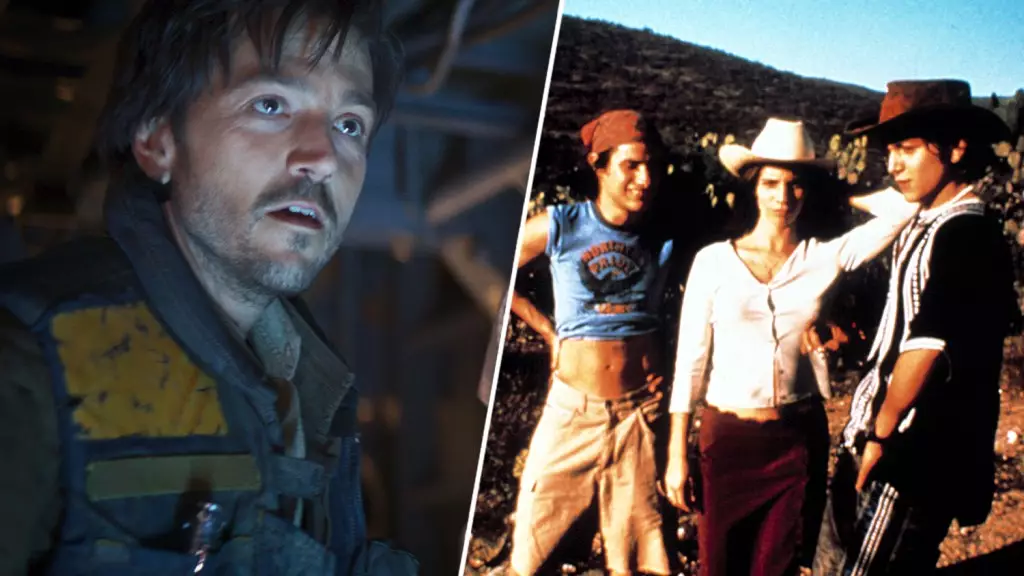In an entertainment landscape dominated by large franchises, the Star Wars saga has long been a titan, thrilling audiences with epic battles and chosen ones. Yet, the recent emergence of Diego Luna’s “Rogue One” narrative has shifted the perspective dramatically, not merely revisiting the established themes but daring to delve deeper into the human experience within this expansive universe. It is refreshing to see the sister relationship and camaraderie between characters shine through, something that resonates more with contemporary audiences. The film shifts away from the grandiose heroism often depicted and embraces a raw, unsettling realism that reflects our own struggles and moral dilemmas.
Alfonso Cuarón’s Influence: A Masterclass in Realism
Diego Luna recounted his early conversations with director Gareth Edwards, who drew parallels between “Rogue One” and Cuarón’s revolutionary film “Y Tu Mamá También.” This connection highlights an essential evolution in storytelling within the Star Wars saga. Where previous entries rested comfortably in fantastical realms and archetypal narratives, the direction taken by “Rogue One” leans more into the nuances of realistic character interactions, chaos, and moral ambiguity. Cuarón’s crafty handheld camera and fluid storytelling breathed life into the mundane aspects of existence, raising questions crucial to the human condition. This idea subsequently filtered into the Star Wars mythos, echoing themes of friendship and the pain of loss, and grounding these characters in reality we can relate to.
The Duality of Light and Darkness
In Luna’s reflections, the notion of desiring the ‘dark side’ of character experiences becomes emblematic of a generation battling their internal vulnerabilities. His admission that he was frequently drawn to the darker facets of Star Wars not only highlights a psychological complexity but also signifies a broader societal inclination toward exploring the multifaceted nature of identity and morality today. In a world where social media showcases only the idealistic fragments of life, it is crucial for narratives to address the emotional and psychological ‘grey areas’ in human nature. Star Wars, in this regard, appears to be evolving, providing a tapestry of characters grappling with decisions that are neither wholly right nor wrong.
From Indie to Icon: A New Era for Star Wars
Luna’s journey from independent films to a significant Universe like Star Wars speaks volumes about the industry’s shifting tides. The thirst for genuine, stories that hold weight and significance in today’s context is palpable, drawing talent that has thrived in the indie film circuit to mainstream franchises. This infusion of creative energy and authenticity may well redefine the future trajectory of cinematic universes. Luna’s transition signifies a pivotal shift in which actors shape their characters and narratives, rather than simply fitting them into pre-established molds. “Rogue One” serves as a harbinger of that change, encouraging a focus on the emotional depth and narrative tenacity that audiences yearn for, especially in today’s convoluted political landscape.
As we await the new seasons and adventures in this galaxy, the promise of narrative depth combined with the thrill of the familiar ensures that Star Wars remains not only a nostalgic beloved franchise but also a forward-thinking one, echoing societal complexities while steadfastly pushing boundaries.


Leave a Reply